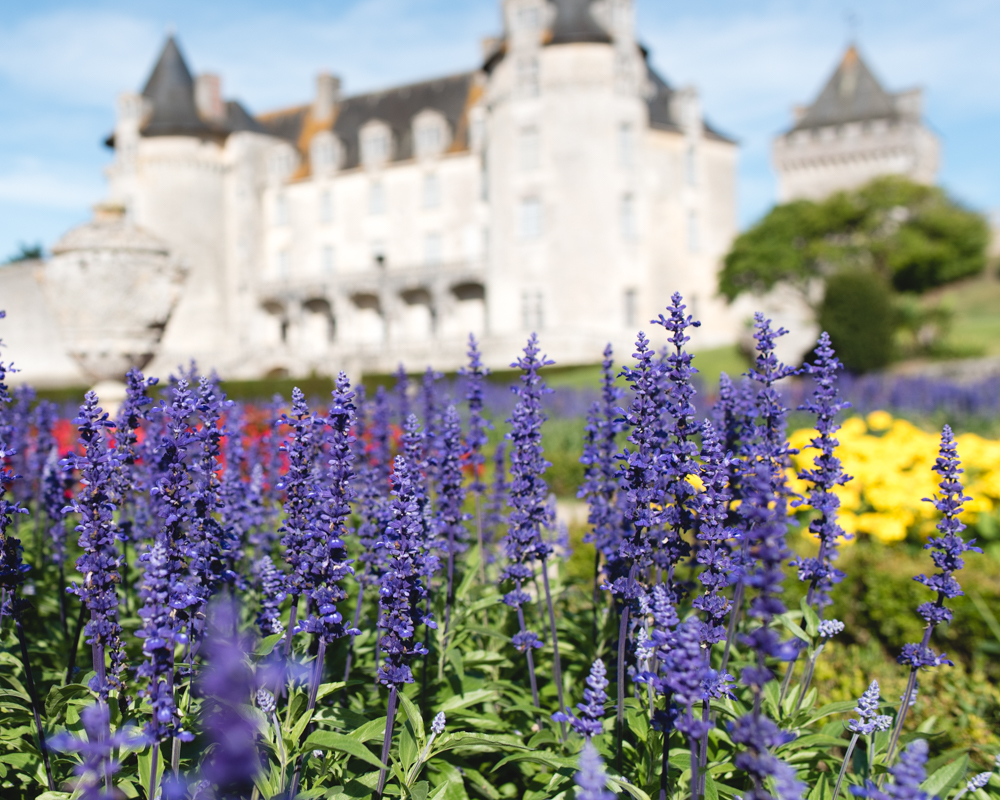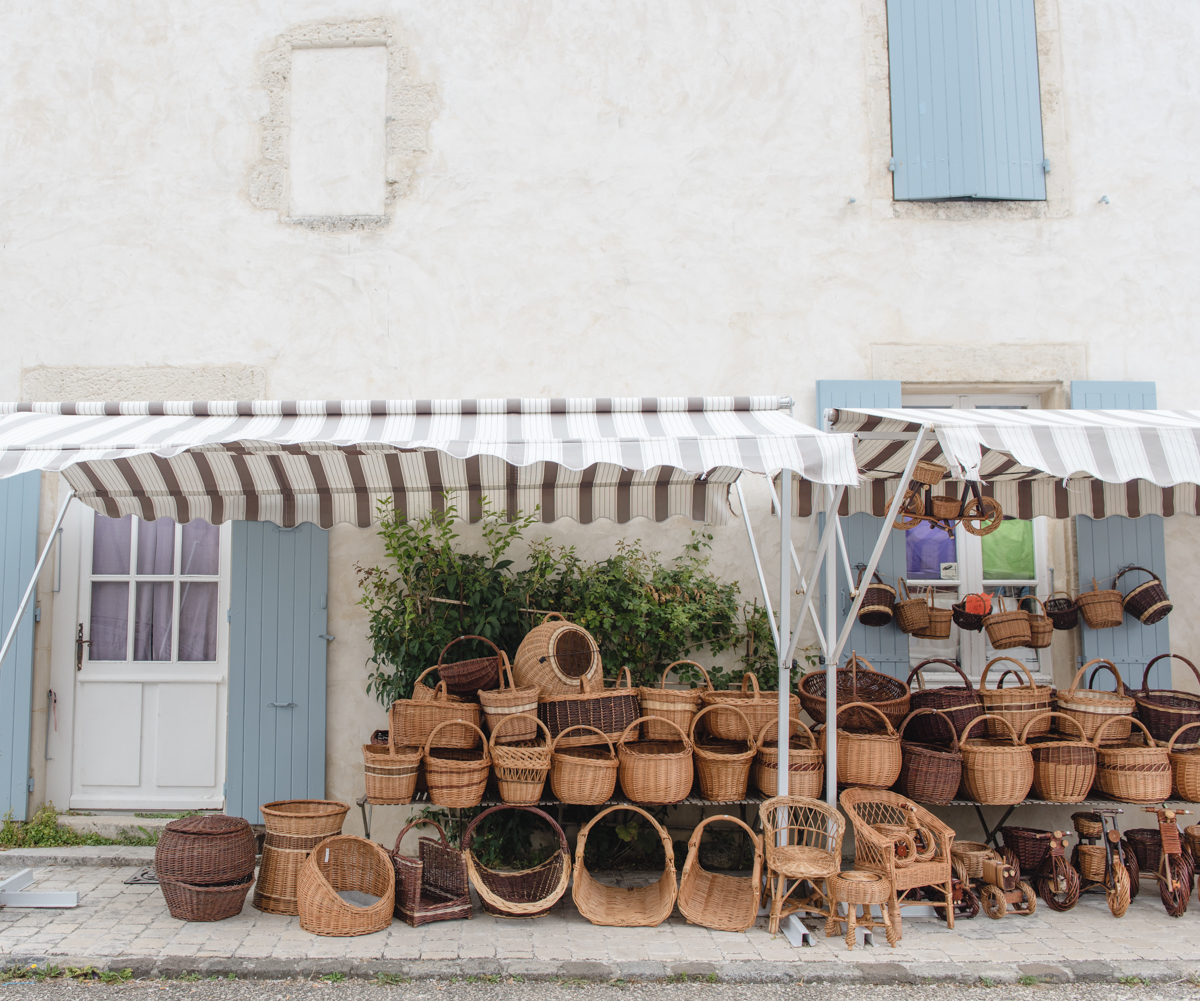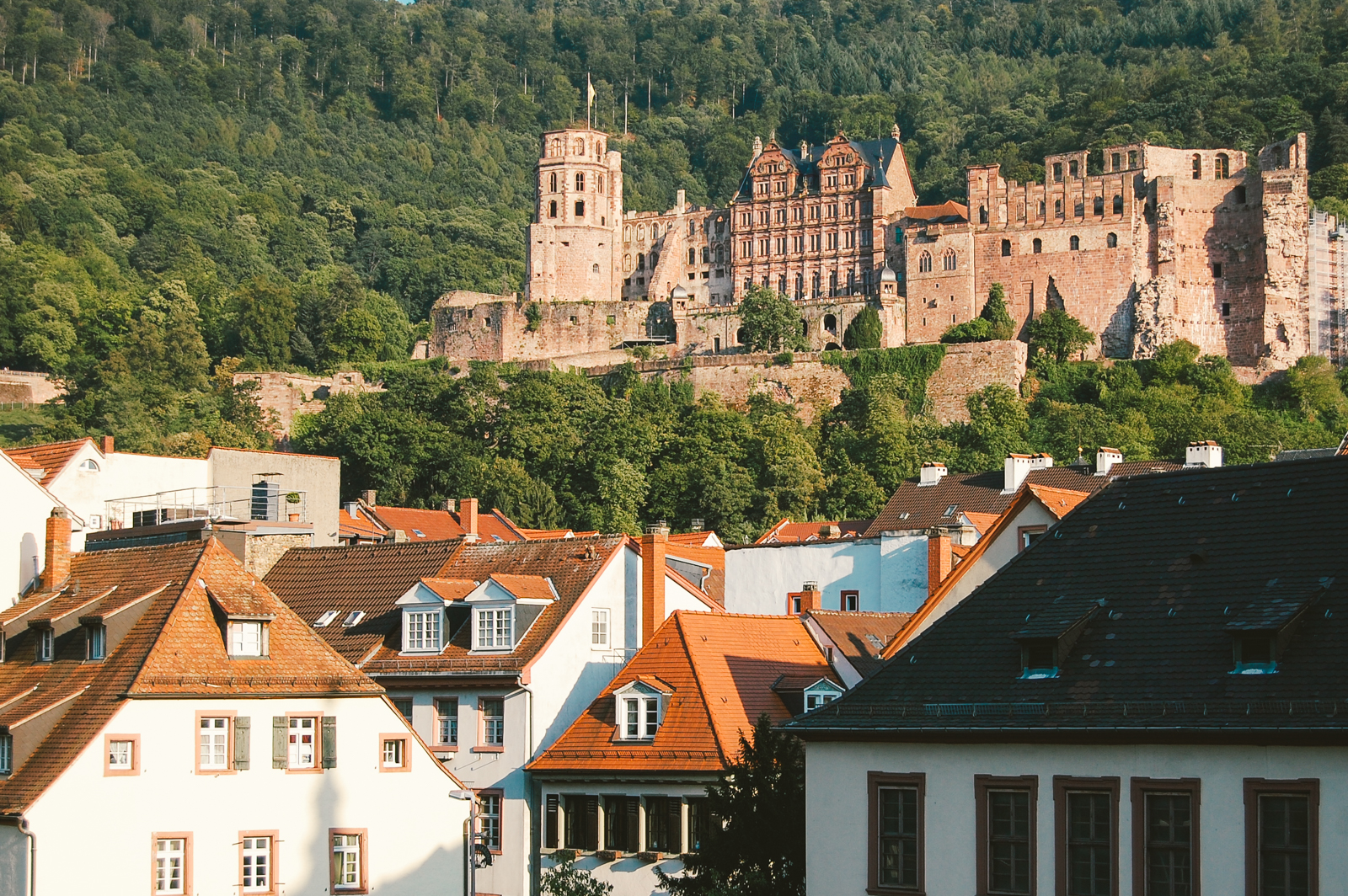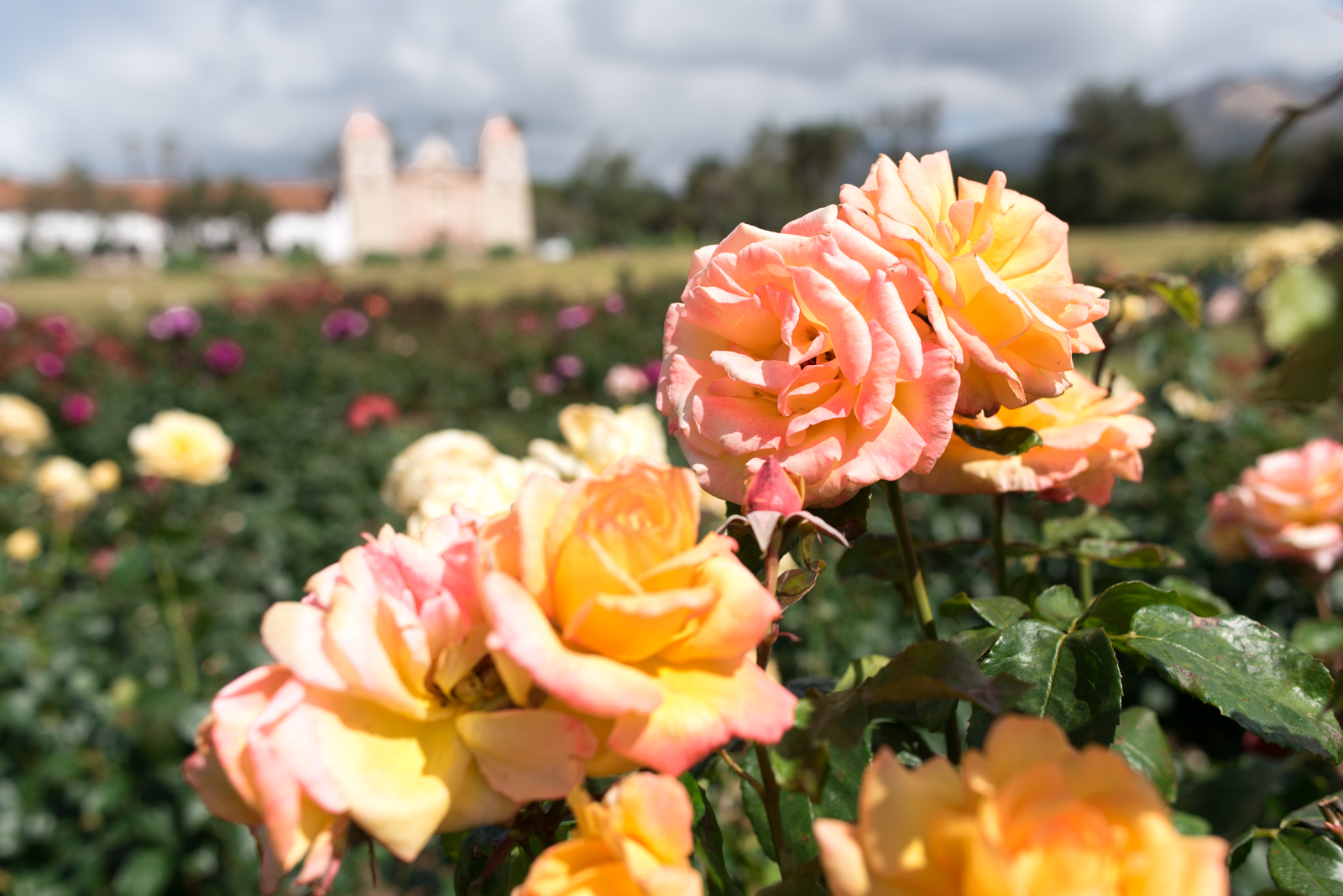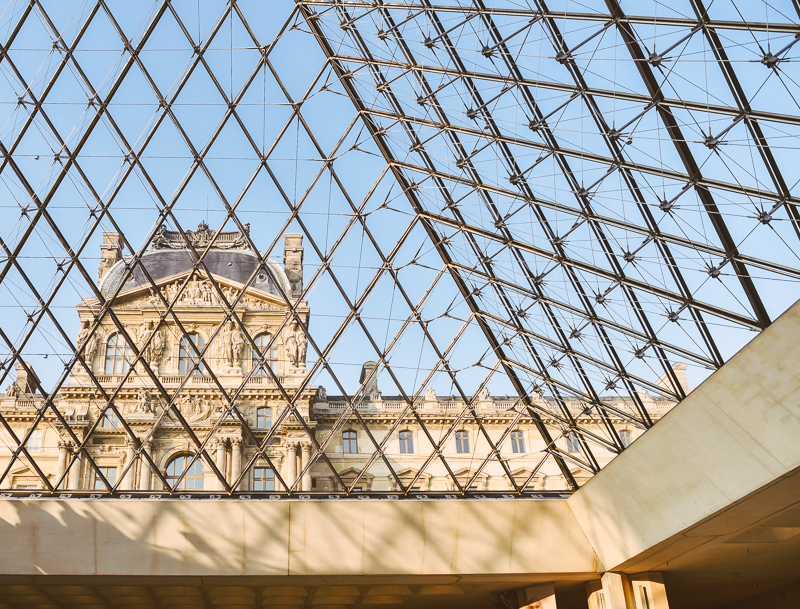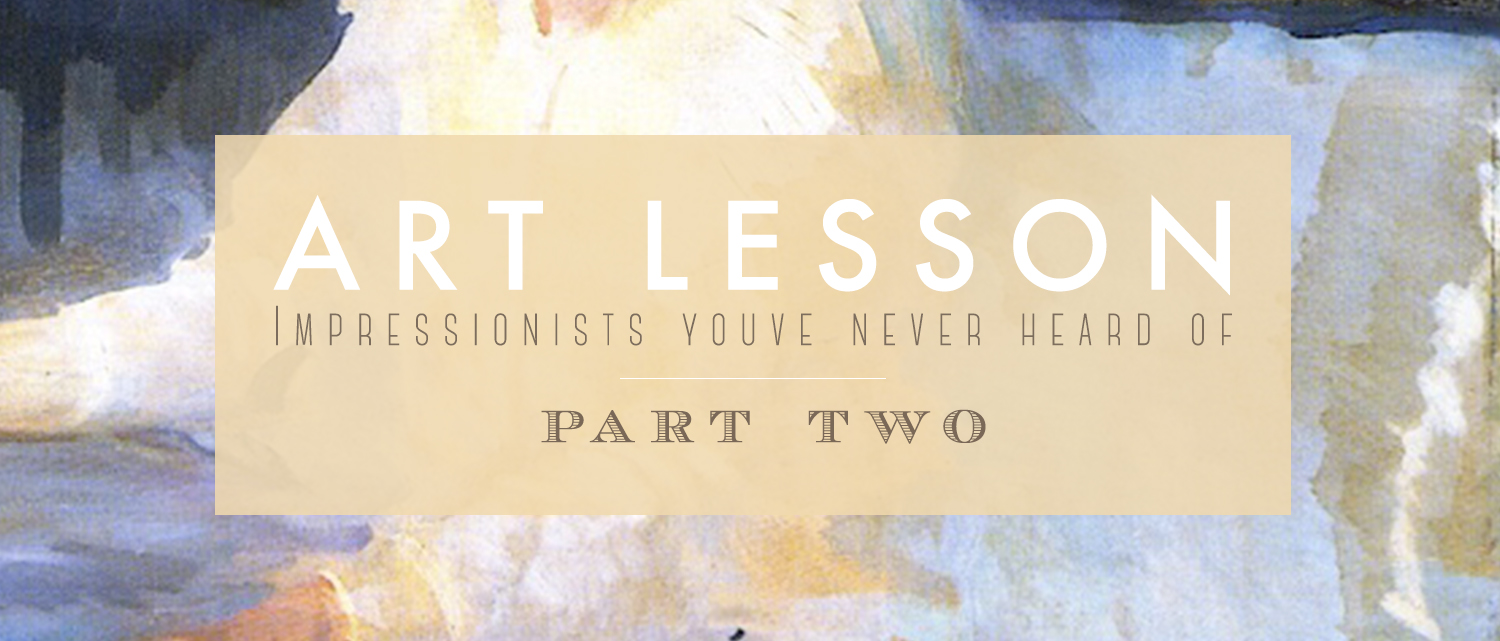Château de la Roche-Courbon
You wouldn’t believe how many fairly-tale castles there are in France. They’re almost as common as rest stops on an average US highway. Ok, that’s an exaggeration, but I’m fairly certain you could find at least one within 20 miles of wherever you happen to be in France.
I had the chance to explore the Château de la Roche-Courbon recently, and although it’s certainly not the most famous or well known château in France (those titles are reserved for the huge castles of the famous Loire valley), it was magical nonetheless, with a dry moat, sculpted gardens and rounded turrets.

